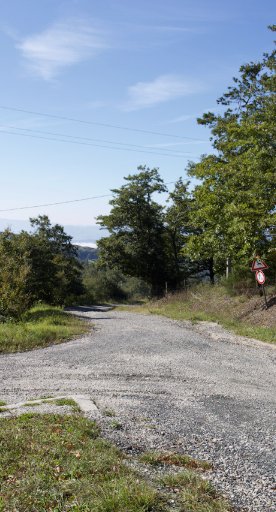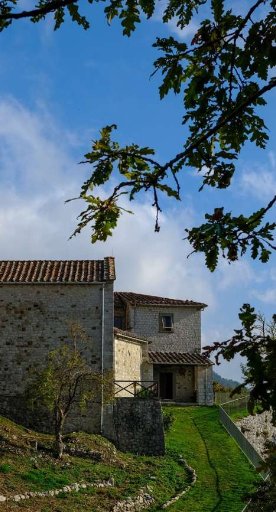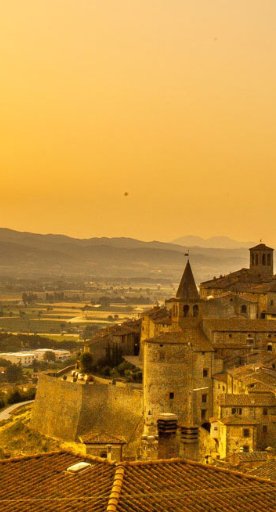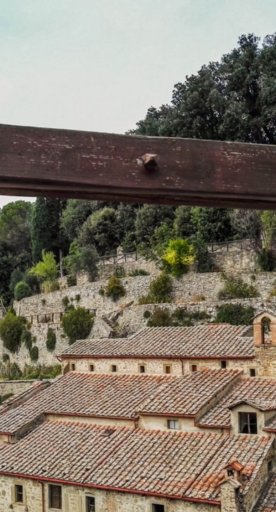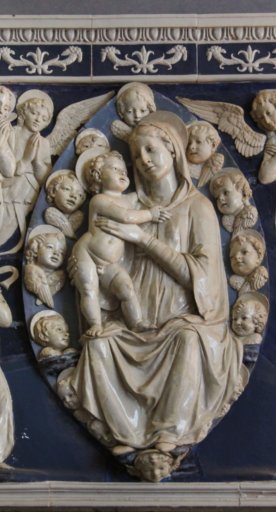In medieval times, the Pieve Santo Stefano territory existed under various dominations: first by the Florentines, then by Arezzo nobles the Tarlati, later going on to become the headquarters of a Vicariate in 1545.
It was under Lorenzo the Magnificent that the small city enjoyed its golden age: he loved Pieve Santo Stefano so much that he brought prestigious works to the town by artists such as the Della Robbia (including a beautiful terracotta picture window by Girolamo della Robbia, Jesus and the Samaritan at the well, which you can see inside the Palazzo Comunale), Piero della Francesca and Ghirlandaio. Unfortunately, however, a substantial portion of this inestimable cultural patrimony was submerged in the flood of 1855.
The more recent history of Pieve Santo Stefano is defined largely by two tragic events. The first was the aforementioned flood, in which many of the city’s archival documents and artistic treasures were destroyed. The second was the devastation brought about by the retreating German troops, who mined and destroyed the historic center: the only notable buildings to survive those days were the Palazzo del Comune and the churches. Quickly rebuilt, over the next few decades Pieve Santo Stefano gained a new notoriety for being the “Diary City”. This was perhaps a direct outgrowth of its experience with challenging events over the course of two centuries, and an impulse to strengthen that civic resilience: in 1984, the journalist and writer Saverio Tutino came up with the idea for the Archivio Diaristico Nazionale, which collects thousands of diaries, memorial documents and epistolary texts.


